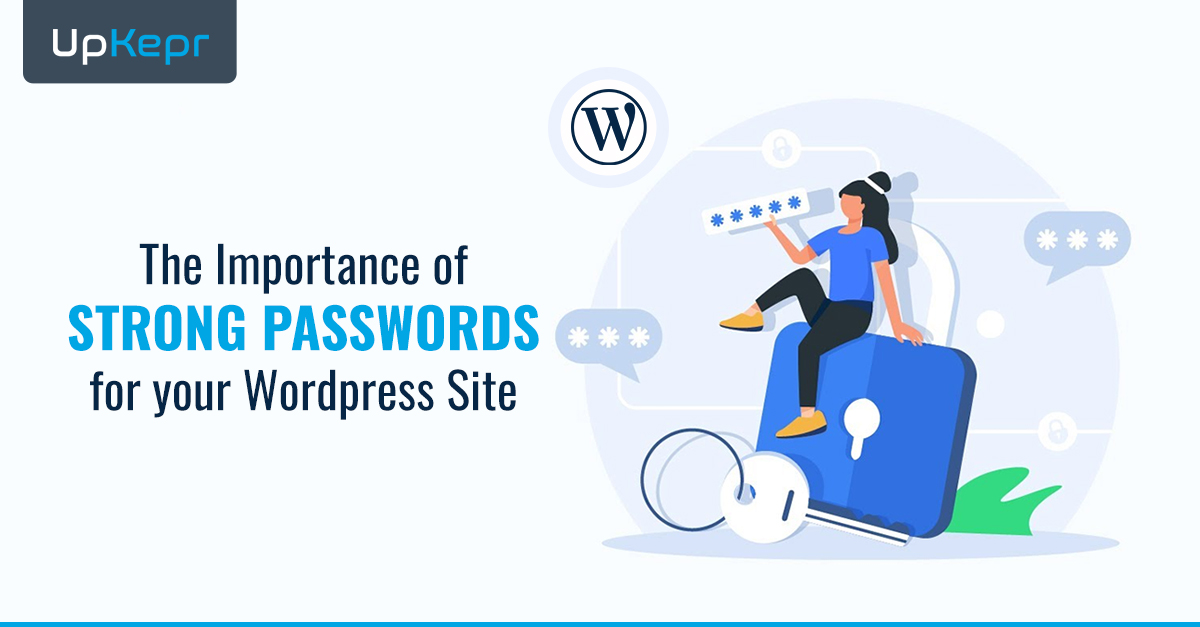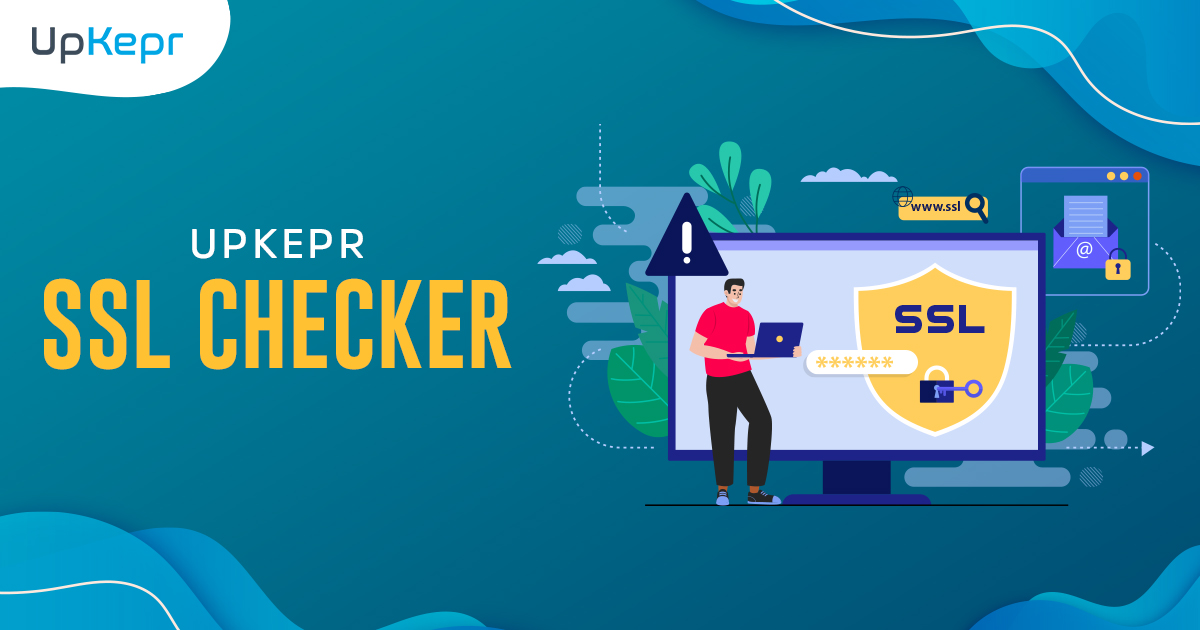
How to Identify and Address WordPress Vulnerabilities A Comprehensive Guide

WordPress powers over 40% of websites globally, making it a prime target for malicious attacks. To ensure your site remains secure, understanding how to identify and address vulnerabilities is essential. This guide provides actionable steps, including technical settings, to safeguard your WordPress site effectively.
Common WordPress Vulnerabilities
- 1. Outdated Core Software
Regular updates to the WordPress core address security issues and improve functionality. Running an outdated version can leave your site vulnerable to exploits. - 2. Insecure Plugins and Themes
Plugins and themes developed by third parties can contain vulnerabilities. It's crucial to use only trusted, updated options. - 3. Weak Passwords
Easy-to-guess login credentials make it simpler for attackers to gain unauthorized access. - 4. Unsecured File Permissions
Incorrect file permissions may expose sensitive data or allow unauthorized modifications. - 5. SQL Injection and Cross-Site Scripting (XSS)
Attackers can exploit insecure input fields to inject malicious code into your website.
Scan Your Website Now
Top 10 WordPress Security Threats and How to Fix Them
WordPress is a powerful CMS, but its popularity makes it a frequent target for cyber threats. Below are the top vulnerabilities you may encounter and actionable solutions to safeguard your WordPress site.
1. Brute Force Attacks
Repeated login attempts using various password combinations characterize brute force attacks. Hackers exploit weak passwords, eventually gaining unauthorized access to your WordPress site.
Solution Checklist:
- Use long, complex passwords with letters, numbers, and special characters.
- Implement two-factor authentication (2FA) for added security.
- Limit login attempts to prevent repeated trials.
- Enable CAPTCHA or reCAPTCHA on login forms.
2. Outdated Software, Plugins, and Themes
Outdated software, plugins, and themes can make your WordPress site vulnerable to a variety of attacks. Developers frequently release patches for security flaws, and failing to update these components leaves your site open to exploitation.
Solution Checklist:
- Regularly update WordPress core, themes, and plugins.
- Enable automatic updates for critical components.
- Use a staging environment to test updates before applying them to the live site.
- Run regular security scans to detect any outdated software.
3. Unauthorized Admins
Unauthorized admin access can occur through flaws in plugins, weak passwords, or compromised user accounts. This allows attackers to execute harmful actions on your site, such as modifying content or installing malware.
Solution Checklist:
- Enforce strong password policies for all users.
- Regularly review user roles and permissions to ensure only trusted users have admin access.
- Implement two-factor authentication (2FA) for all users with admin privileges.
- Periodically audit your site for any unauthorized admins.
- Use Random Admin URl
4. Malware
Malware is malicious software designed to damage or disrupt your site. It can steal data, alter content, or make your website a conduit for further attacks. Poorly updated themes or plugins are often the source.
Solution Checklist:
- Keep WordPress, plugins, and themes up to date.
- Use security plugins to scan for malware regularly.
- Set up automatic backups to restore your site if infected.
- Use a web application firewall (WAF) to detect and block malware.
5. Cross-Site Scripting (XSS)
XSS attacks inject malicious scripts into a website, which can steal cookies, session data, and login credentials from site visitors. This vulnerability is often found in forms or user-generated content.
Solution Checklist:
- Sanitize all user inputs to prevent malicious scripts from being executed.
- Use output encoding to ensure that scripts are not executed in browsers.
- Implement secure coding practices when developing themes and plugins.
- Use HTTP response headers to prevent XSS attacks.
6. Distributed Denial-of-Service (DDoS) Attacks
DDoS attacks flood your WordPress site with excessive traffic, making it unavailable to legitimate users. These attacks can lead to downtime, lost revenue, and damage to your brand’s reputation.
Solution Checklist:
- Use a Content Delivery Network (CDN) to absorb and filter malicious traffic.
- Implement a Web Application Firewall (WAF) to detect and mitigate DDoS traffic.
- Monitor traffic patterns to detect unusual spikes or patterns.
- Increase server capacity to handle high traffic loads during attacks.
7. Structured Query Language (SQL) Injections
SQL injections involve inserting malicious SQL code into your website’s database via input fields like login forms. Attackers can use this method to steal, modify, or delete data.
Solution Checklist:
- Use prepared statements and parameterized queries to protect against SQL injections.
- Change the default WordPress database table prefix to make it harder for attackers to target.
- Install a Web Application Firewall (WAF) to filter malicious traffic.
- Regularly audit your site for SQL injection vulnerabilities.
8. Search Engine Optimization (SEO) Spam
SEO spam, or spamdexing, involves injecting malicious links or keywords into your WordPress site to manipulate search engine rankings. This tactic can lead to penalties or removal from search results, harming your site’s visibility.
Solution Checklist:
- Ensure that WordPress, themes, and plugins are updated to the latest versions.
- Use security plugins to detect SEO spam and remove unwanted backlinks.
- Implement strong login credentials and use two-factor authentication for admin accounts.
- Regularly audit your content for spammy links or keywords.
9. Insecure HTTP Website
Websites that do not use HTTPS encryption are vulnerable to attacks, as data transmitted between your site and visitors can be intercepted and manipulated.
Solution Checklist:
- Install an SSL certificate to secure your website with HTTPS.
- Update internal links to use HTTPS instead of HTTP.
- Set up 301 redirects to ensure all HTTP traffic is redirected to the secure HTTPS version.
- Ensure that all forms on your site use HTTPS to protect user data.
10. Phishing
Phishing attacks deceive users into sharing sensitive information by impersonating legitimate sources. WordPress-related phishing typically involves fake login pages or emails sent to site administrators.
Solution Checklist:
- Educate users and administrators about phishing risks and safe browsing practices.
- Enable two-factor authentication (2FA) to prevent unauthorized access via phishing.
- Inspect your site for any suspicious login pages or phishing attempts.
- Verify the authenticity of any email requesting sensitive information before clicking links or downloading attachments.
Technical Settings to Enhance WordPress Security
- 1. Modify Default Login URL
Change the default/wp-adminlogin URL to a custom one to reduce brute-force attacks. - 2. Restrict Admin Access by IP
Use.htaccessor firewall rules to allow admin access only from specific IP addresses. - 3.Set Correct File Permissions
Ensure the following file permissions:
Incorrect permissions can expose your site to attackers.
- Directories:
755 - Files:
644
- Directories:
- 4. Disable Directory Indexing
Prevent attackers from viewing the contents of your directories by disabling directory browsing via.htaccess
Disable XML-RPC
XML-RPC can be exploited for DDoS and brute-force attacks. Disable it if not in use by adding the following to .htaccess
<Files xmlrpc.php>
Order Allow,Deny
Deny from all
</Files>
- 5. Limit Login Attempts
Install plugins like Limit Login Attempts to block users after multiple failed login attempts. - 6. Enable Database Prefix Change
Use a unique prefix instead of the defaultwp_to reduce the risk of SQL injection attacks. - 7. Deactivate Unused Features
Disable features like WordPress API (REST API) or comments if not needed.
Force SSL for Admin Panel
Add the following line in the wp-config.php file to enforce SSL for admin areas:
define('FORCE_SSL_ADMIN', true);
- 8. Monitor and Audit User Activity
Use plugins like WP Activity Log to keep track of user actions and identify potential insider threats.
Using UpKepr for Proactive Security
The UpKepr WordPress Vulnerability Scanner simplifies the process of identifying and fixing security issues. With its user-friendly dashboard, you can:
- Get detailed reports on core, plugin, and theme vulnerabilities.
- Receive recommendations to resolve each issue.
- Stay compliant with best practices for website security.
Conclusion
Securing your WordPress site involves a combination of technical configurations, regular updates, and proactive monitoring. By implementing the above technical settings and leveraging the UpKepr WordPress Vulnerability Scanner, you can minimize risks and ensure your site remains secure and operational. Take the steps today to protect your online presence and build trust with your users.



























































































 Sign Up with Google – Free
Sign Up with Google – Free Sign Up with Github – Free
Sign Up with Github – Free